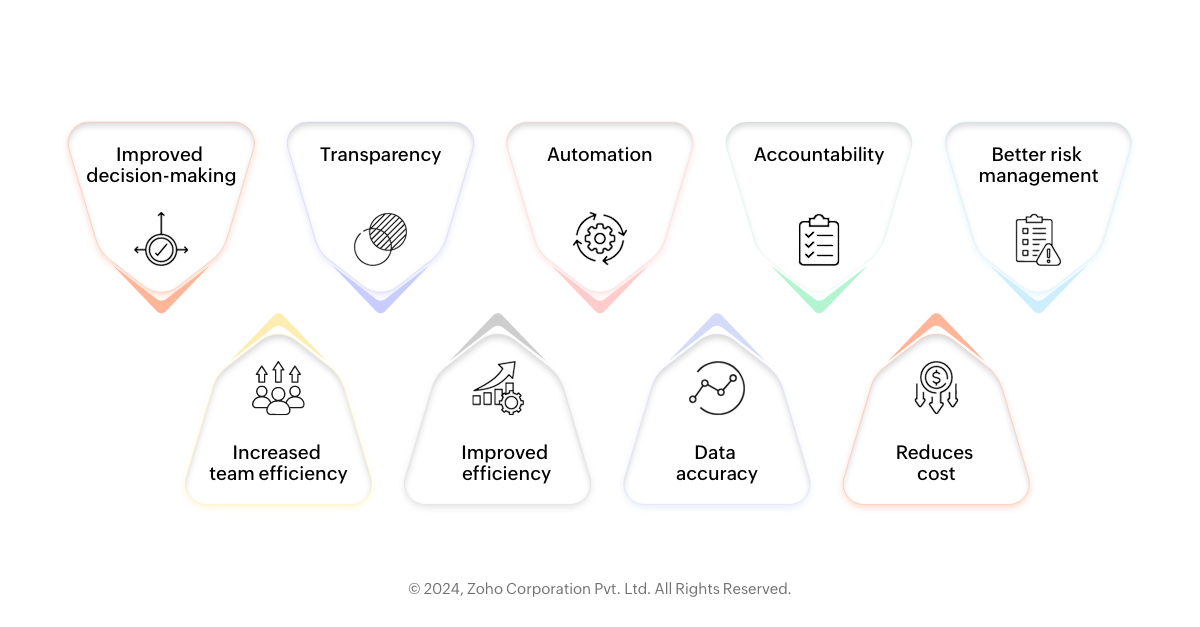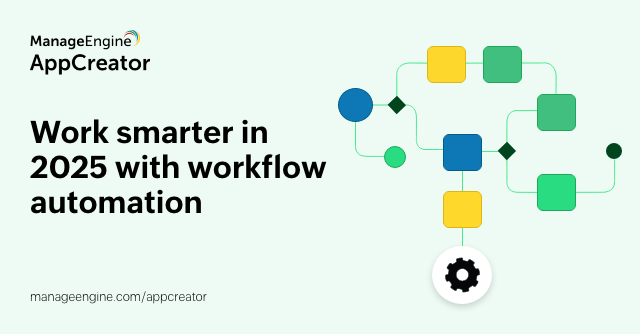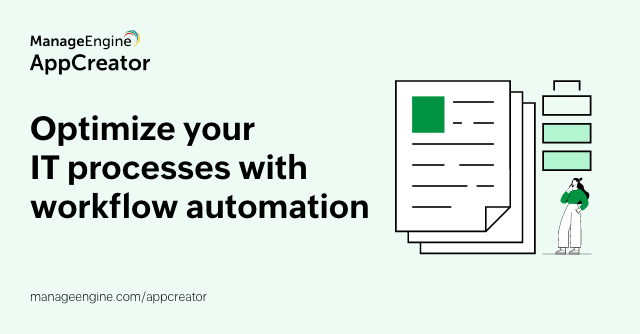- HOME
- Workflow automation
- Nine key benefits of implementing GRC framework in your organization
Nine key benefits of implementing GRC framework in your organization
- Last Updated: November 7, 2024
- 294 Views
- 5 Min Read

Businesses have to navigate the complexities of traditional governance, risk, and compliance (GRC), along with the changing regulatory pressures that come with increased globalization, data privacy concerns, and and environmental, social, and governance (ESG) standards. In fact, a Deloitte survey on global risk management revealed some real-time trends with 87% of companies making cybersecurity their top priority.
The combination of cyber, third-pary, and ESG risks are pushing companies towards adopting GRC frameworks that enable them to not only mitigate risks but also anticipate them in real-time. This trend is mirrored globally as businesses see increased scrutiny from both regulators and consumers alike.
A GRC framework isn’t just an option anymore—it’s essential. They serve as the backbone for companies to manage risk, anticipate problems, and stay compliant in real-time. In this blog, explore the 10 key benefits of implementing a GRC framework.
Key benefits of implementing GRC framework

1. Improved decision-making
A GRC framework enhances decision-making by providing businesses with a comprehensive view of potential risks, compliance obligations, and governance standards across the organization.
For example, it consolidates data from multiple sources like financial systems and regulatory guidelines, using predictive analytics to help spot risks before they become serious problems. Key risk indicators (KRIs) monitor the environment in real-time, alerting decision-makers to potential red flags.
This improvement is especially vital for industries such as finance and manufacturing, where precise risk forecasting can save millions.
2. Transparency
A GRC framework brings clarity by centralizing all compliance and governance data, so there’s no guesswork involved.
For example, audit trails track every action taken within the organization, and data visualization dashboards present this information clearly. This transparency allows companies to monitor compliance efforts effortlessly, making it easier to prepare for external audits and spot issues before they become major problems.
3. Automation
A GRC framework automates repetitive and time-consuming tasks, streamlining risk and compliance management processes.
The system uses technologies like process automation, ML, and robotic process automation (RPA) to automate regulatory reporting, audit scheduling, and compliance checks. These technologies ensure precision, reducing the likelihood of human error and allowing businesses to stay ahead of compliance requirements effortlessly.
For instance, companies in the healthcare sector can automate compliance reporting to meet strict data privacy regulations like HIPAA, making the entire process smoother and more accurate.
4. Accountability
A GRC framework enhances accountability by clearly defining roles and responsibilities for risk and compliance management tasks.
Using RBAC, GRC systems assign specific permissions to individuals based on their job functions ensuring that the right people have access to the right information and tasks.
In addition, for organizations that require an extra layer of security and transparency—financial institutions, government agencies, cybersecurity firms, telecommunications, and more—blockchain technology can be integrated to the GRC system. This allows for securely logging actions and changes in a way that can't be altered.
This structured approach ensures that each team member is accountable for their specific responsibilities, reducing the likelihood of tasks being overlooked. It also simplifies the process of tracking compliance and governance efforts, ensuring quick resolution of any issues that arise.
5. Better risk management
By continuously monitoring risks, GRC frameworks help businesses stay ahead of potential threats.
The framework integrates AI-powered risk management tools that analyze both internal data (e.g., operational performance) and external factors (e.g., regulatory changes or market volatility). The system continuously calculates risk scores to determine the likelihood and potential impacts of various risk events. This enables businesses to prioritize risks and take preventive measures whenever necessary.
Industries, like finance, benefit greatly from this proactive approach, as it helps avoid costly disruptions, financial losses, or reputational damage by identifying risks early.
6. Increased team efficiency
GRC systems improve team efficiency by centralizing governance, risk, and compliance tasks on a single platform, eliminating redundant work and streamlining workflows.
Automated task management features notify teams of upcoming deadlines or regulatory changes, ensuring that everyone stays on the same page. This improved collaboration reduces delays, allowing faster compliance responses and better productivity across departments.
For instance, logistics companies that need to comply with safety regulations can ensure all teams are on the same page, reducing the risk of fines or delays due to missed regulatory updates.
7. Improved operational efficiency
A GRC framework improves overall operational efficiency by aligning risk management, governance, and compliance tasks with day-to-day business processes.
The system is often integrated with enterprise resource planning (ERP) tools to ensure seamless alignment between risk and operational data. ML models within the GRC system continuously update workflows when regulatory changes are detected, helping organizations stay compliant without interrupting operations.
For example, in manufacturing, where compliance with safety standards is crucial, a ML model identifies new safety regulations that impact specific processes and flags those areas for immediate adjustments, ensuring compliance while maintaining operational flow.
8. Data accuracy
By validating and cross-referencing data from various sources, GRC frameworks ensure a higher level of data accuracy.
Advanced data validation protocols check for inconsistencies, and NLP can analyze legal contracts to ensure compliance with regulations. This means that companies can trust their compliance data, reducing the risk of fines or reputational damage.
Accurate data ensures that firms remain compliant with regulatory standards, reducing the risk of fines or reputational damage. Moreover, the system minimizes errors that can arise from manual data entry, leading to more reliable reporting and decision-making.
9. Reduces cost
By automating tasks and streamlining processes, a GRC framework helps organizations reduce overall operational costs.
Predictive analytics and automation reduce the need for manual interventions, lowering staffing costs. The framework also prevents compliance failures, saving businesses from costly regulatory fines. These operational efficiencies directly translate into financial benefits by improving accuracy and reducing the overall cost of compliance.
Automating manual processes, like compliance audits, enables businesses to maintain accuracy while saving on labor costs, leading to substantial financial savings.
How ManageEngine AppCreator helps in building GRC solutions for your organization?
ManageEngine AppCreator is a low-code platform that simplifies the development of GRC solutions that focuses on automation and customization.
With AppCreator, organizations can design workflows tailored to their specific GRC requirements, ensuring that governance and compliance processes run smoothly. The platform’s automation capabilities streamline tasks like policy management and risk assessments, improving accuracy while reducing manual errors.
AppCreator’s real-time monitoring also enables businesses to detect potential compliance breaches before they become major issues, ensuring a proactive approach to risk management. With its automatic scalability, AppCreator grows alongside your organization, adapting to new regulatory requirements as they arise.
Give it a go today and see how a personalized approach to GRC software can keep your business safe and secure.




